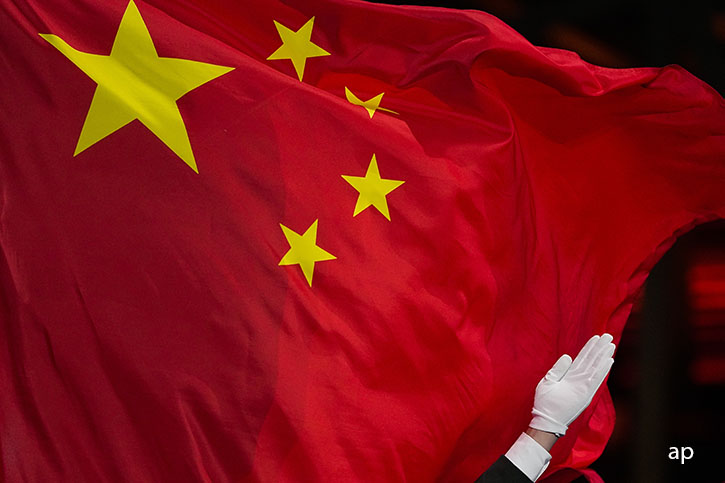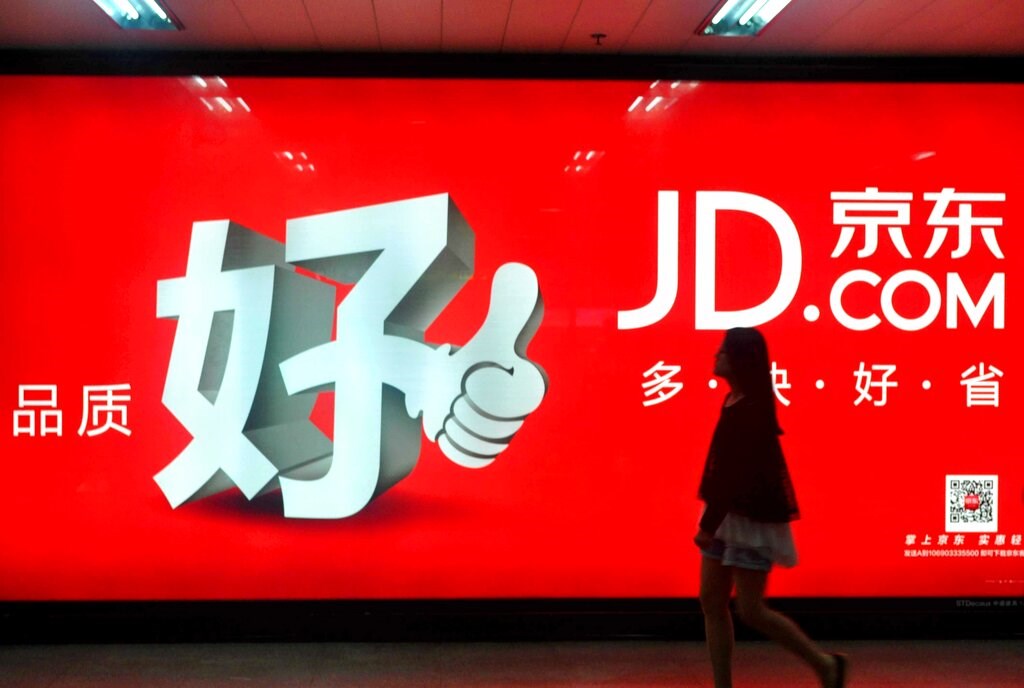
The Winter Olympic Games are well under way in Beijing and China is currently fourth in the medals’ table with Germany. We’ve recently featured the country as part of a preview of the Year of the Tiger and the different ways ETF investors can access the country.
As befits one of the most dynamic stock markets in the world, and one where retail investors play a big part, there’s a great deal of moving parts in a complex investing landscape.
With complexity comes confusion, and some of the finer details appear baffling to the outside investor. This article looks under the hood of the various share classes, indices and exchanges.
Exchanges
Let’s start with the exchanges, the main ones being the Shanghai Stock Exchange (SSE) and the smaller Shenzhen Stock Exchange (SSZE). While Beijing is the Imperial City, its stock exchange has a much shorter history: the Beijing Stock Exchange launched officially in November 2021 with the aim of catering for innovate SMEs. Some 81 stocks began trading on that day.
The Shanghai Stock Exchange STAR Market was launched in 2019 as a domestic version of the Nasdaq. And the Hong Stock Exchange, founded in the nineteenth century, is part of the wider China investing universe. Hong Kong is a highly liquid stock market in a developed country, and some Chinese companies (like Tencent) over the years have chosen to float there.
The Shanghai Stock Exchange is home to a number of indices, the most commonly quoted being the SSE Composite, which is an all-cap index including A and B shares (of which more later). There are also indices based on a number of stocks and they are known as the SSE 180, 50 and 20, the last index focusing on mega-caps. The most quoted index of them all is the CSI 300, however, which is a blend of the top 300 stocks traded on the Shanghai and Shenzhen Stock Exchanges, weighted by size. The CSI 300 has been volatile since launch, with big spikes in 2015 and 2021, followed by sudden reversals.
Stocks
As you may have guessed, there is not a single “China stock” with equal status. Not all overseas investors have equal access to shares either. So let’s look at the main categories
- A shares are domestically listed companies on both Shanghai and Shenzhen exchanges. They trade in local currency. You generally need to be a citizen of mainland China to own these. Foreign investors like asset managers can own these if they are Qualified Foreign Institutional Investors.
- B shares trade in overseas currencies and are foreign stocks listed in Shanghai and Shenzhen
- H shares are more freely traded and liquid stocks on the Hong Kong Stock Exchange. The shares trade in Hong Kong dollars, not yuan/remnimbi, but are subject to Chinese law.
- Shanghai-Hong Kong Connect, launched in 2014, aims to link the two exchanges and ease the restrictions on the foreign ownership of shares.
Alibaba (BABA), China’s other mega tech success story, is actually listed in New York as an American Depository Receipt (ADR), despite being headquartered in Hangzhou. The merry go round of China and US shares is a hot topic at the moment – where should Chinese companies list? – and is the subject of future article.
There’s often a difference between the company’s place of incorporation and listing location and H shares are an example of this: incorporated in mainland China BUT listed in Hong Kong.
There are some others types of stocks to be aware of, such as red chips, P chips and S chips. Red chips are domestic stocks in which the Chinese government has a large stake and take their name from the colour of the national flag. But red chips companies are incorporated outside mainland China, listed in Hong Kong and quoted in HK dollars. P chips are private Chinese companies listed in Hong Kong, BUT incorporated in the Cayman Islands, Bermuda and the British Virgin Islands – a long way from mainland China. And S chips are Chinese companies listed in Singapore.
Index Choices
An investor faced with this wide choice of options might just think: I’ll buy an index instead and that will make life simpler. But which one? You might want exposure to mainland China only, or a mixture of China, Hong Kong, Taiwan and Singapore stocks. Or you want to capture the whole range of Chinese companies listed all over the world.
So the investment kaleidoscope is always shifting in the index space too.
Index provider MSCI announced in 2019 it would be upping allocation to China A-shares in its main indices, with the aim of increasing the allocation from 5% to 20%.
MSCI China (USD) targets large and mid-cap stocks, and has 740 constituents at time of writing, including China A shares, H shares, B shares, red chips, P chips and American Depository Receipts (ADRs).
Of the handful of pure China equity ETFs available to UK investors with a Morningstar Analyst Rating, Xtrackers MSCI China has the highest rating of Bronze.
Another ETF from the same company tracks the FTSE China A50 and that is rated Neutral. The FTSE China A50 index has a smaller sample than MSCI China and draws 50 stocks from the Shanghai and Shenzhen exchanges, and only includes A-shares and not B-shares. And the iShares China Large Cap ETF also tracks the FTSE China 50 as its benchmark.
Some active funds use the MSCI Golden Dragon Index to benchmark, and this captures 861 large and mid-cap China shares, including H shares, B shares, red and P chips, as well as Hong Kong and Taiwan listed stocks. Not surprisingly, the inclusion of Taiwan means that TSMC is the top stock in the index, with a weighting of 13%. And that’s followed by Tencent and Alibaba, the mainstay of most China indices. Just over half of the shares in the index are listed in Hong Kong, followed by Taiwan (nearly 30%) and China with just over 9%.
The only Gold-rated UK fund with an exposure to China is FSSA Greater China Growth and that benchmarks the MSCI Golden Dragon index.
Morningstar has a range of China indices, with some focused on dividends and others with a mixture of equity and bonds. The Morningstar China index has just over 1,000 holdings, the top three being Tencent, Alibaba and e-commerce firm Meituan.




























